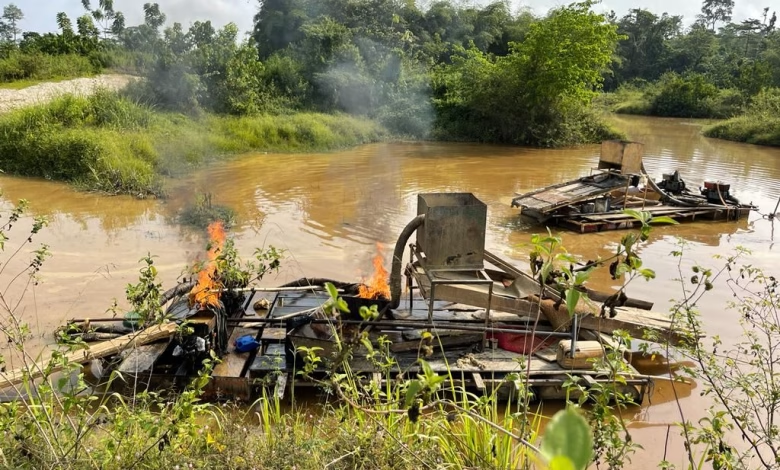Galamsey Epidemic: 24,000 Ghanaians Contract Cancer Annually

- Galamsey threatens Ghana's environment, health, and economy
- 24,000+ cancer cases annually linked to galamsey pollution
- Toxic elements cause severe health issues
- Researchers call for 1-year suspension of illegal mining
A joint statement from the Research Staff Association at the Council for Scientific and Industrial Research (CSIR) and the Research Scientists Association at the Ghana Atomic Energy Commission (GAEC) has sounded the alarm on the devastating impact of galamsey.
The illegal mining menace poses an existential threat to Ghana’s environment, public health, and economy, the statement warned.
The time for rhetoric has passed; urgent and sustained action is needed now to address this critical issue.
Galamsey operations release potentially toxic elements like cadmium, arsenic, chromium, and lead into the environment.
These toxic elements are associated with cancer and non-cancerous diseases, posing severe health risks to nearby communities.
In fact, the activities of galamsey operations contribute to environmental factors leading to over 24,000 cancer cases recorded annually in Ghana.
Arsenic exposure is linked to Buruli ulcer, while communities near mining sites suffer increased incidences of respiratory diseases, skin conditions, and other health issues.
The research associations are committed to working with the government and stakeholders to formulate policies, reclaim and restore lands, forests, and water resources.
They urge the government to suspend all illegal small-scale mining activities for at least one year to promote sustainable, eco-friendly mining practices.
By taking decisive action, Ghana can tackle the galamsey menace and protect its environment and public health.






